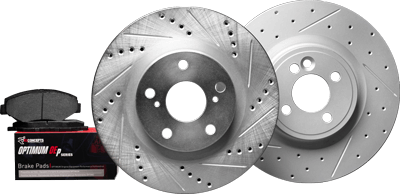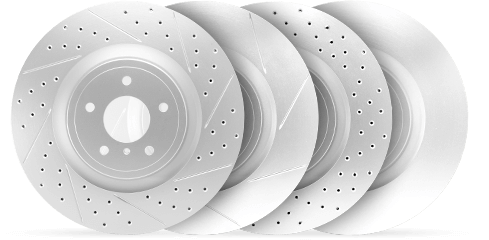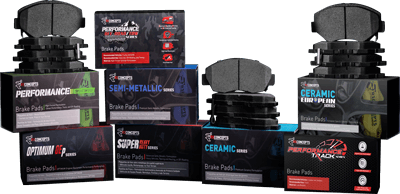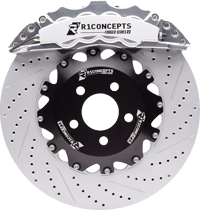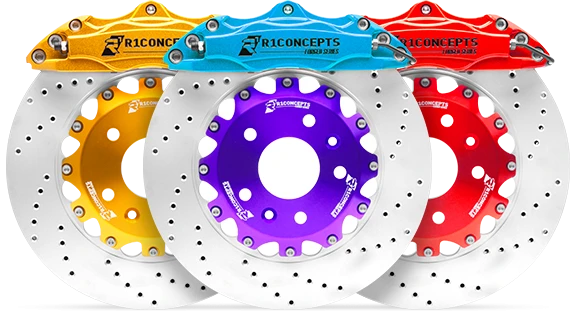The Toyota 4Runner is an SUV marketed globally since 1984. It was originally a compact SUV with a fiberglass shell over the bed, but it has since evolved into a mid-size SUV. The Toyota 4Runner is currently in its fifth generation, but the 2002 model belongs to the third generation, which was in production for the 1996 to 2002 model years. Owners of 2002 Toyota 4Runners often modify their vehicles for off-road travel with heavy-duty suspension, larger tires and built-in camping gear. However, they also need to consider the brakes they’ll need to get the most out of their off-road adventures.
Overview
The 2002 Toyota 4Runner is a mid-size SUV with five doors. This generation is a significant redesign with an all-new shell and chassis, which it shares with its contemporary Toyota Land Cruiser Prado. The 2002 4Runner also shares major parts like engines and transmission with the Tacoma. This 4Runner was targeted for the mid-size SUV market, although it differentiates itself from other vehicles in this class by its off-road character. The most obvious change with the 2002 model year is the exterior trim on the chromed lift gate, which surrounds the license plate.
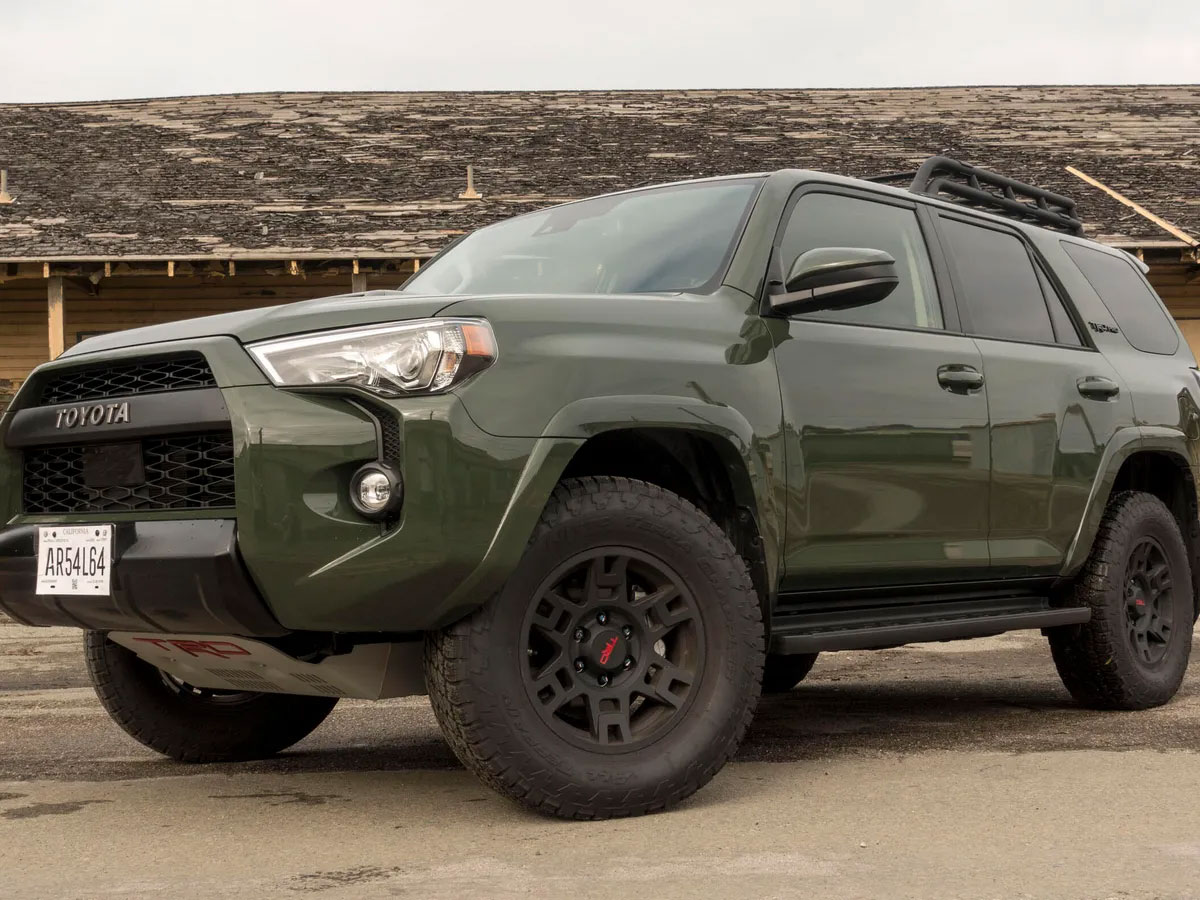
Off-Road Capability
The third-generation Toyota 4Runner received an engine upgrade in the form of a 183-hp 3.4L V6, replacing the less reliable 3.0L V6. Other changes related to off-roading included full coil-spring suspension, rack-and-pinion steering, lift gate, dual airbags, larger interior and optional anti-lock braking system (ABS). For the 2001 and 2002 models, Toyota eliminated the manual transmission and locking rear differential, reducing the 4Runner’s off-road capability.
The Insurance Institute for Highway Safety and Highway Loss Data Institute (IIHS-HLDI) tested the Toyota 4Runner for the first time with the third generation. It received an overall mark of acceptable, which is one step below the IIHS’s maximum rating of good. The most common complaint about the third-generation 4Runner with respect to off-roading was excessive rusting, according to the National Highway Traffic Safety Administration (NHTSA).
Brake Upgrades
Modifying a 2002 4Runner for off-roading should include a brake upgrade, at least for the front brakes. The stock brakes are weak due to their relatively small rotors, making them prone to overheating and warping. When this happens, pressing the brakes results in a shaky wobbling effect that causes the bushings and ball joint to wear faster.
An after-market brake upgrade kit should include machine-balanced rotors with a diameter of about 12.5 inches with vents, giving them a greater tolerance for heat. It should also have larger 4-piston aluminum calipers that are larger than the stock calipers, providing stronger braking action. Additional components to look for in a brake upgrade kit for a 2002 4Runner include ceramic brake pads, shims and other hardware needed for a complete brake kit.
If you’re interested in upgrading your 4Runner, please search www.R1Concepts.com and find the brake kit that suits your needs today!


